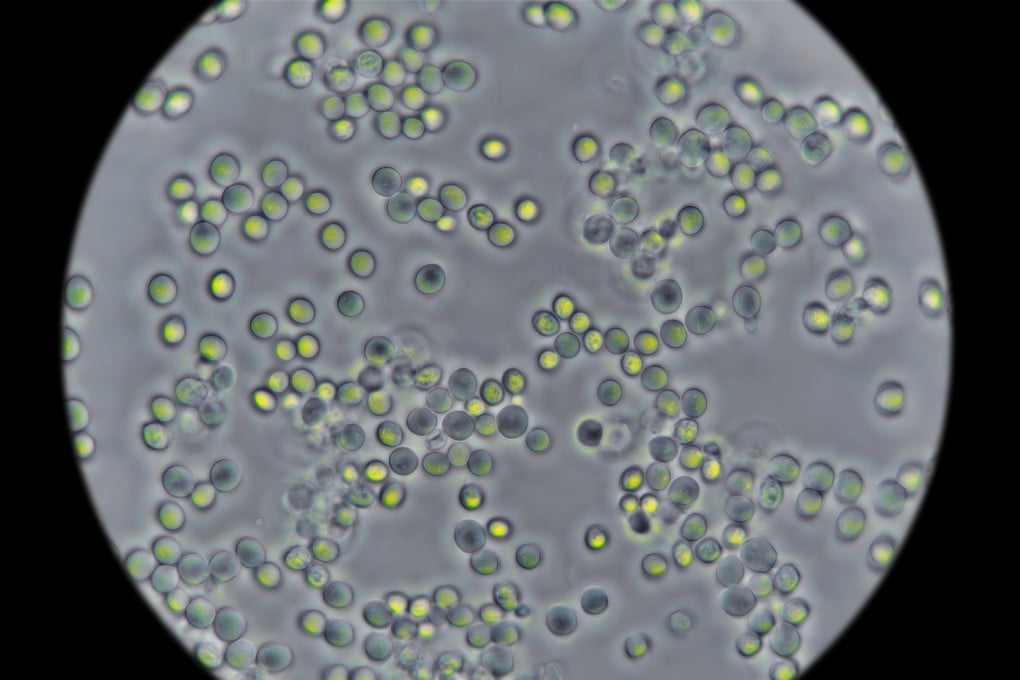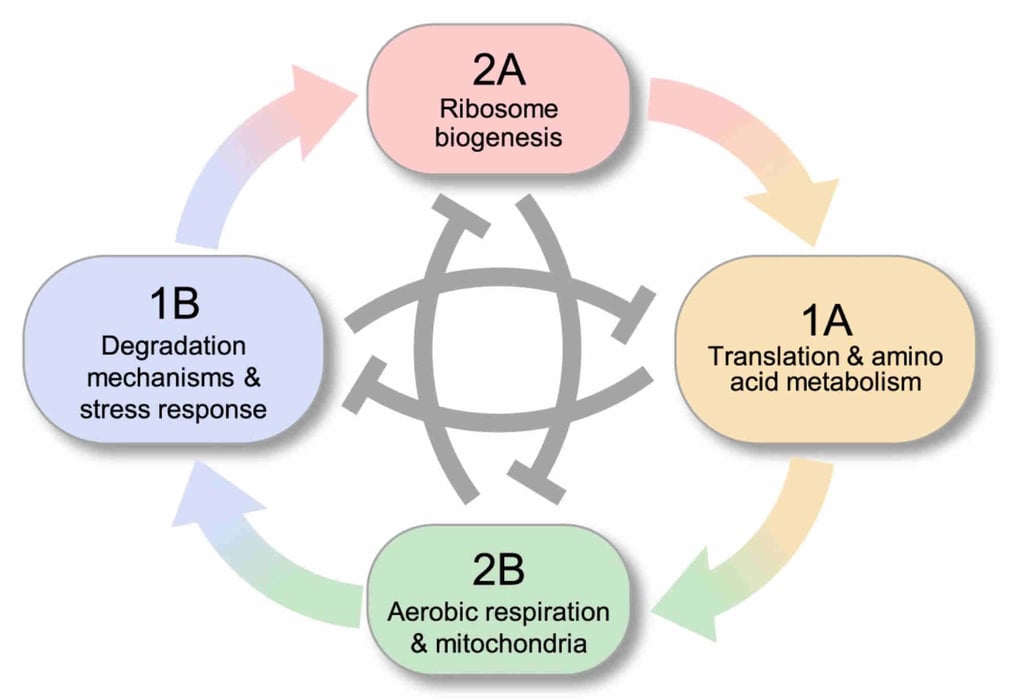Yin, yang and yeast: how ancient Chinese wisdom helped decode cell life cycles
New ways to understand metabolism offer pathways for advances in human health and disease

Chinese researchers have decoded the metabolic cycle of yeast using mathematical analysis, revealing striking parallels with the ancient Chinese philosophy of yin and yang.
The study, led by Professor Li Lei from the Academy of Mathematics and Systems Science at the Chinese Academy of Sciences, redefines the understanding of metabolic phases in this single-celled eukaryote – one of the smallest model organisms used in the study of molecular life mechanisms.
While yeast metabolism has long been studied as a three-stage process, Li’s team chose to use mathematical tools to reorganise it into four distinct yet interconnected phases.
In the team’s work published in March in the peer-reviewed journal NAR Genomics and Bioinformatics, Li said the four phases – named 1A, 1B, 2A, and 2B – each reflected a unique metabolic state.

Similarly, in traditional Chinese medicine, the “four symbols”, or si xiang, theory provides a way to understand the natural world and the human body using four elementary processes. It is all about finding balance between passive and active forces – yin and yang – to keep everything healthy and harmonious. Between the yin and yang, there are two transitional phases, bringing the total to four.